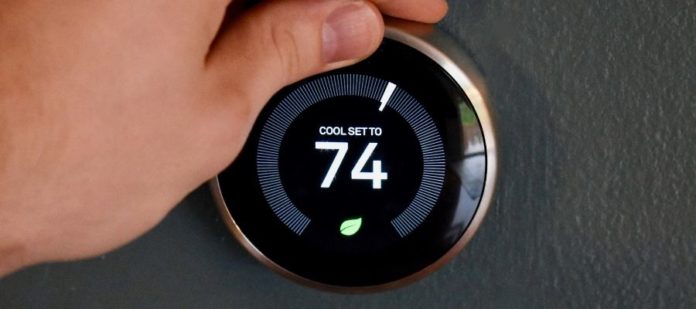During the winter, electric bills often shoot up. After all, the heating system is one of the largest consumers of energy in a household. As such, having to crank up the temperature to keep one’s home from turning into an ice castle can, unsurprisingly, have a pretty large effect on the monthly electric bill. If you’re not interested in having to significantly increase your heating budget during the colder months of the year, consider implementing these tips for saving money on your electric bill this winter.
Upgrade Your Home’s Insulation
One of the best ways to reduce your monthly energy bill during the winter is to upgrade the insulation in your home. If your home’s insulation is insufficient, all the warm air in your home will slowly seep outside while cold air comes in. As a result, your heating system will have to work extra hard—and consume more energy—to keep your house at a comfortable temperature. By upgrading the insulation in your home, you can prevent air transfer into and out of your home and greatly decrease the amount of energy your heating system consumes during the colder months.
Install a Programmable Thermostat
Another effective tip for saving money on your electric bill this winter is to install a programmable thermostat. Turning the heater down just a few degrees while you’re out of the house or while you’re asleep can save you a significant amount of money on your electric bill. However, it can be easy to forget to adjust the thermostat before you leave for work or go to bed. As such, it’s highly beneficial to invest in a thermostat you can program to change temperatures throughout the day for maximum energy savings without the hassle. Plus, you can adjust a programmable thermostat to increase the temperature again half an hour or so before you get home so that you don’t have to walk into a chilly house.
Tend to Your Windows
A home loses a significant amount of its heat through the windows during the winter. Fortunately, homeowners can reduce the negative effects of windows in several ways. One of the most effective—and expensive—ways to resolve the issue is to invest in double- or triple-pane windows, which will prevent air from entering or exiting the home. Because such windows can cost up to $1,000 per window, however, this solution isn’t always ideal.
If you’re looking for a less expensive solution, consider applying window film instead. You can easily install window film on the inside of the windows in your home to significantly reduce heat transfer. You can then remove the film when outdoor temperatures start to heat up and you want to open the windows again.





